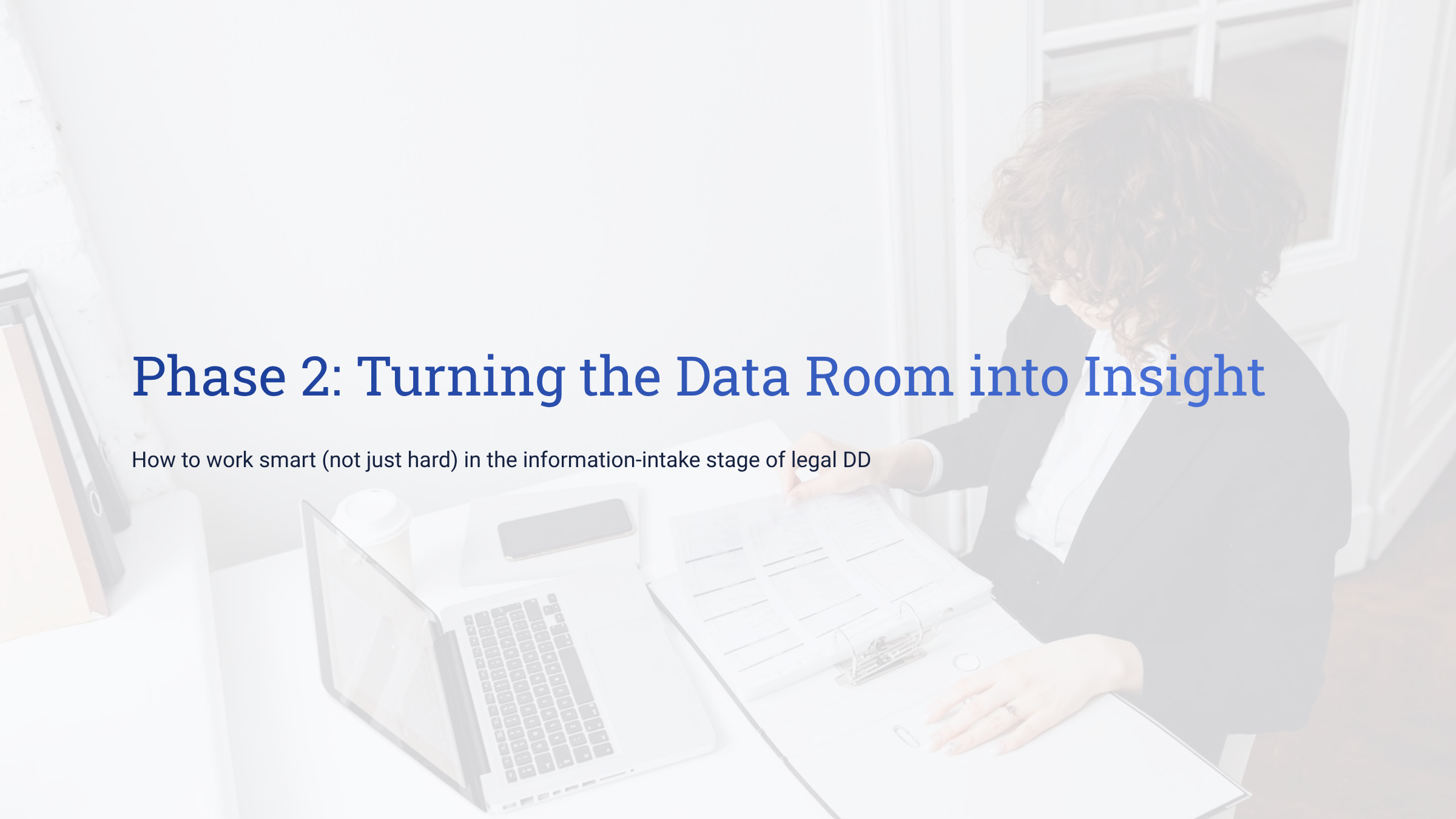To read or download the article, please click the following link
Consider the words of Elon Musk: We are seeing the most destructive force in history here. We will have something that is smarter than the smartest human. There will come a point where no job is needed – you can have a job if you want one for personal satisfaction, but the AI will be able to do everything’. This perspective invites us to reflect on the historical waves of industrial revolutions and their impact on professions, particularly in the legal field.
Rewind to the late 18th century: the first industrial revolution. The advent of the steam engine revolutionized transportation, rendering animal traction obsolete. Despite fervent opposition from horse-drawn carriage magnates, who raised countless concerns about the steam vehicles’ stability, safety, and environmental impact, the new technology prevailed. This shift not only led to the redundancy of horses but also threatened the economic stronghold of carriage company owners.
Fast forward to the late 19th century, marked by the second industrial revolution. Here, electrified machinery and mass production lines began replacing artisans, farmers, and manual laborers. Another leap, some sixty years later, introduced the third industrial revolution, characterized by computers, the internet, and digital technology, challenging traditional office roles for the first time.
In our recent past, less than four decades have passed, yet we’ve witnessed a seismic shift in technology-related employment, impacting everyone from tech behemoths like Google, Amazon, and Microsoft to burgeoning startups. This change, driven by advancements in artificial intelligence (AI), the Internet of Things (IoT), and other fourth industrial revolution technologies, has reshaped the job landscape.
Now, let’s pivot to the legal profession. Is AI poised to replace lawyers in the same way? Can we envision a future where legal expertise, once a human domain, becomes an automated service, accessible without traditional costs? This is a provocative question, opening the floor for a deeper exploration of AI’s role and potential in transforming the legal industry.”
1. Understanding AI: More Than a Mere Chatbot in the Legal Arena?
Let’s demystify AI as referenced in this discourse. When we talk about AI here, we’re delving into the realm of sophisticated chatbots like ChatGPT, Google Bard, and others, commonly known as large language models. These aren’t your ordinary digital assistants; they’re complex systems engineered to mimic human-like text generation.
At their core, these models rely on probabilities to predict what word comes next in a sequence. Imagine a vast treasure trove of language—a library containing everything from classic literature to modern-day articles, coding scripts to dynamic web content. These models absorb this diverse linguistic diet, learning to anticipate the next word in a sentence based on the context set by its predecessors.
Once trained, these models become adept at weaving words together, each new word informed by the ones that came before it. This results in text generation that feels natural and coherent, almost as if it were penned by a human.
But there’s more. These AI models aren’t just repeating what they’ve learned; they’re constantly evolving. With self-learning capabilities, they digest information autonomously, learning from new experiences and refining their performance over time. This isn’t limited to text generation either. They’re capable of language translation, summarizing complex texts, and even engaging in nuanced question answering. Their prowess in understanding and producing natural language is a key strength, especially in the field of natural language processing.
Now, the pressing question: Can these ‘simple tactics’ of AI truly rival lawyers in their own game, the intricate legal ‘chessboard’ they’ve mastered over centuries? This isn’t just a question of raw computational power or data processing but rather a contemplation of AI’s role in redefining the legal landscape.
2. AI’s Legal Debut: A New Era in Legal Practice?
The year 2023 marked a significant milestone in legal technology, as a law firm in Australia boldly experimented with ChatGPT for drafting a compensation claim statement, drawing inspiration from the landmark 1992 Mabo case. The firm’s assessment? ChatGPT’s output paralleled that of a novice attorney.
Further exploring ChatGPT’s legal acumen, researchers Kwan Yuen Iu and Vanessa Man-Ji Wong conducted a study using a simplified narrative from the 1932 Donoghue vs. Stevenson case. Their demands from ChatGPT were comprehensive: drafting litigation documents, cross-examination dialogues, and various legal advisories. Intriguingly, they peppered the inputs with deliberate errors to test the AI’s comprehension prowess.
Their findings were revelatory. ChatGPT, equipped with a suite of sophisticated legal templates, demonstrated an ability to craft documents ranging from request letters to non-bias letters and opinion pieces. More impressively, it showcased the capability to refine content autonomously, based on factual inputs, and to engage in simple event comprehension, legal reasoning, argumentation in confrontations, and even basic legal strategizing.
This development spurred tech giants like Google and Microsoft to unveil their own AI chatbots, such as Bard and Bing. Notably, Harvey, another AI tool, has gained traction in legal research, document drafting, and litigation strategy. Major law firms like Allen & Overy, Macfarlanes, and PwC have begun incorporating Harvey into their practices. Additionally, other AI innovations like DoNotPay, JusticeBot, LegalZoom, and Vietnam’s Legback deserve mention for their unique contributions.
The broader impact of these advancements is profound. AI companies are increasingly positioned to educate consumers on legal matters, a domain traditionally dominated by lawyers. Recent studies suggest a mere 20% resolution rate for legal issues in the past three years, highlighting the accessibility and cost challenges in traditional legal services. In contrast, the convenience of information technology empowers clients to swiftly seek legal solutions, often prioritizing automated tools over consulting a lawyer. As this trend gains momentum, it signals a significant shift in client preferences and legal service delivery, even when costs and efficiency are comparable.
3. AI in Law: A Balancing Act Between Innovation and Tradition
As AI continues to evolve, it casts a familiar shadow, reminiscent of the carriage magnates of the first industrial revolution. This time, however, it’s the legal profession grappling with the challenges and opportunities posed by AI. The legal landscape today faces hurdles in adapting to AI, with crucial issues like security, information accuracy, and copyright law forming the crux of the debate. Interestingly, these very issues are where lawyers find their strength.
a. Navigating Security Concerns
The surge in AI adoption brings with it pressing concerns about data security. AI systems, central to training language models and generating content, are not immune to risks of data breaches or inadvertent information exposure. The process of assimilating various articles for public training can open up vulnerabilities, potentially exposing sensitive information.
While many AI firms commit to safeguarding data, often, these assurances don’t translate into foolproof security measures. This gap poses a significant threat, especially in the legal sector where confidentiality is paramount.
The intersection of AI and attorney-client privilege raises complex questions. The potential for AI to compromise the confidentiality of sensitive client information looms large, posing risks to privacy and reputational harm. Consequently, many law firms remain cautious, restricting the use of AI in handling legal information.
b. The Copyright Conundrum
The rapid evolution of AI technology has thrust copyright issues into the legal spotlight. The critical question here is about the ownership of works produced by AI: Does the right belong to the AI’s creator or the user?
AI’s capability to generate original content—from music to texts—has outpaced the legal framework governing authorship and ownership. The absence of clear laws on whether AI qualifies as an “author” or “creator” leaves a murky area in copyright law.
Efforts are underway globally to navigate this new terrain, with some regulations suggesting AI be recognized as a “creative entity,” granting ownership rights to the user or owner of the AI. Yet, many aspects, including liability for AI’s potential intellectual property infringements, remain unresolved, fueling ongoing debates among researchers and policymakers.
c. The Quest for Accurate and Objective Information
AI’s text generation, governed by probabilities and contextual cues, prioritizes fluency over accuracy. This has raised concerns in the legal field, where the distinction between fact and AI-generated fiction is crucial. A notable example occurred in May 2023, when a New York lawyer inadvertently used ChatGPT-generated, nonexistent case citations in a federal court submission. This incident underscores the challenges in AI’s current information accuracy.
While efforts to enhance AI’s accuracy are ongoing, AI’s inherent objectivity—free from human biases and emotional influences—holds promise for more impartial legal services. But can this objectivity truly compensate for the current limitations in accuracy?
As we contemplate AI’s role in the legal domain, perhaps it’s time to envision a scenario where AIs themselves compare notes, providing us with intriguing anecdotes to ponder over our next social gathering.
4. AI and Lawyers: An Ongoing Tussle in the Legal Landscape
The evolving landscape of AI in the legal domain paints an uncertain picture regarding its ultimate impact. Clients seeking legal assistance aren’t just looking for expertise; they’re also drawn to the strategic relationships lawyers have nurtured over time. These connections, particularly in the legal world, are invaluable in streamlining workflows and boosting efficiency.
Lawyers with extensive networks serve as crucial links between clients and key players like judges and government agencies. Their ability to navigate the legal system with agility and a deep understanding of procedures and regulations is irreplaceable. This relational aspect forms the crux of a lawyer’s role, highlighting their unique value in the legal process.
Turning to AI’s inherent superiority in certain domains, it’s crucial to recognize that machines were designed to excel in tasks where they augment human capabilities. The first language model, introduced in 1980, is a testament to this evolution. Research suggests it may take between 43 to 66 years for such technologies to achieve full maturity, implying that a significant shift isn’t too distant.
However, the way these technologies are utilized ultimately lies in human hands. This perspective aligns with that of Jason M. Allen, who, using AI Midjourney, created ‘Théâtre D’opéra Spatial’. This AI-generated artwork, printed on fabric and submitted to the Colorado State Art Fair on August 29, 2022, clinched the first prize, competing against traditionally hand-painted art.
Allen’s words resonate deeply in this context: “The ethics isn’t in the technology. It’s in the people.” This statement underscores the fundamental truth that, while AI may evolve and integrate into various fields, including law, the ethical use and application of such technology remain a human responsibility.
———Fun Fact: Originally crafted by human intellect, this engaging article on the evolving relationship between AI and the legal profession was further refined with the assistance of ChatGPT-4, demonstrating a perfect blend of human creat







